Breaking the Chain: CIEL’s Battle to Unravel the Fossil Fuel Grip on Our Food System
Food Tank
MAY 1, 2024
Approximately 2 percent of all greenhouse gas emissions come from nitrogen fertilizers , according to a study in Nature. The prominent chemical ingredient in synthetic nitrogen fertilizers is ammonia, which comes from combining hydrogen and nitrogen gases through burning fossil fuels , including coal, oil, and natural gas.




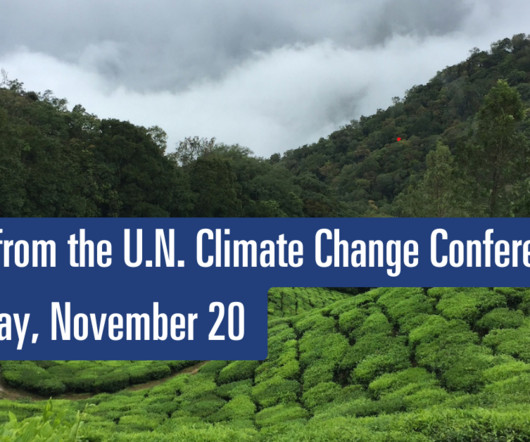


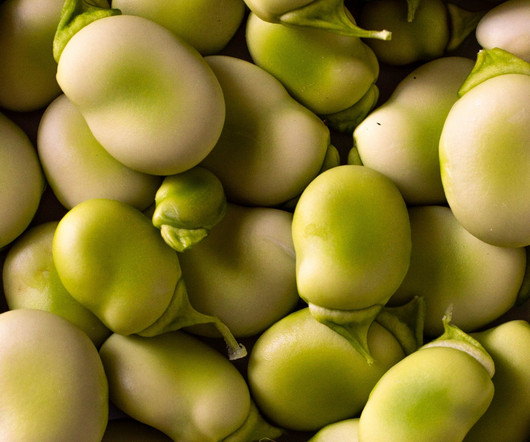

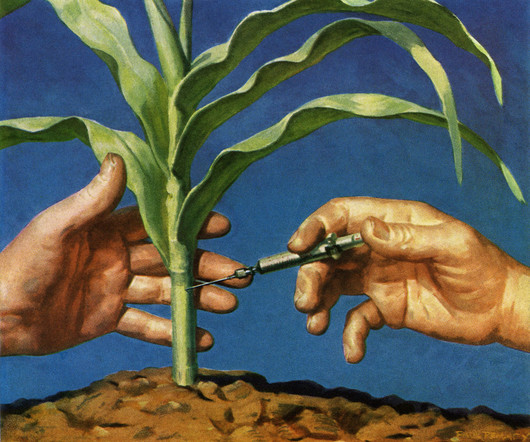
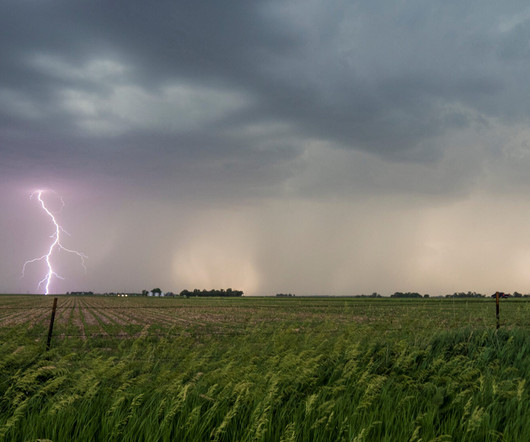
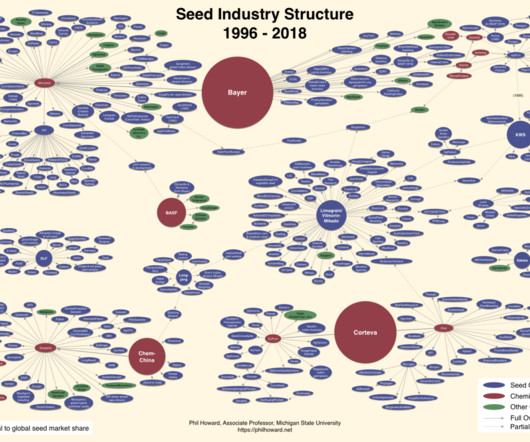







Let's personalize your content